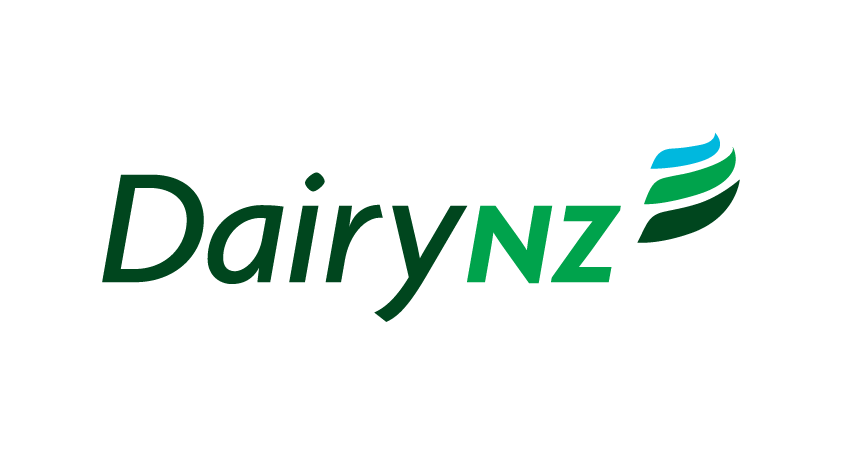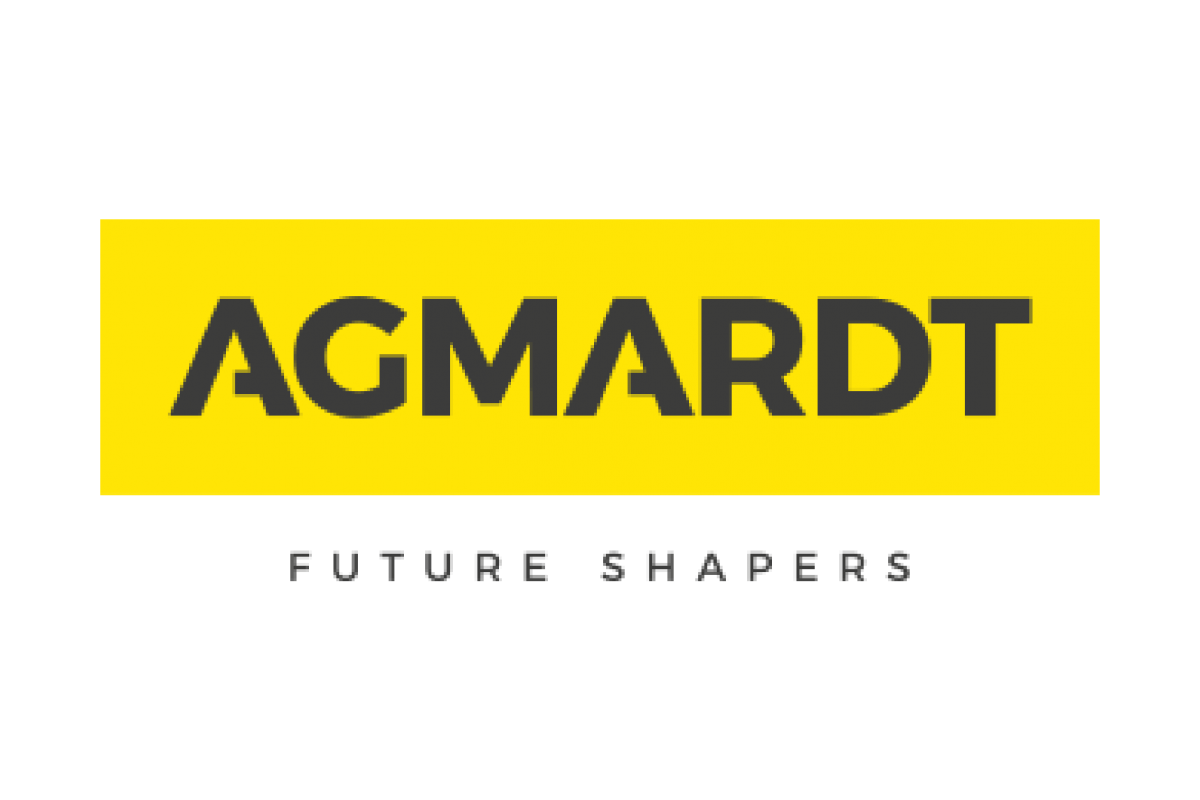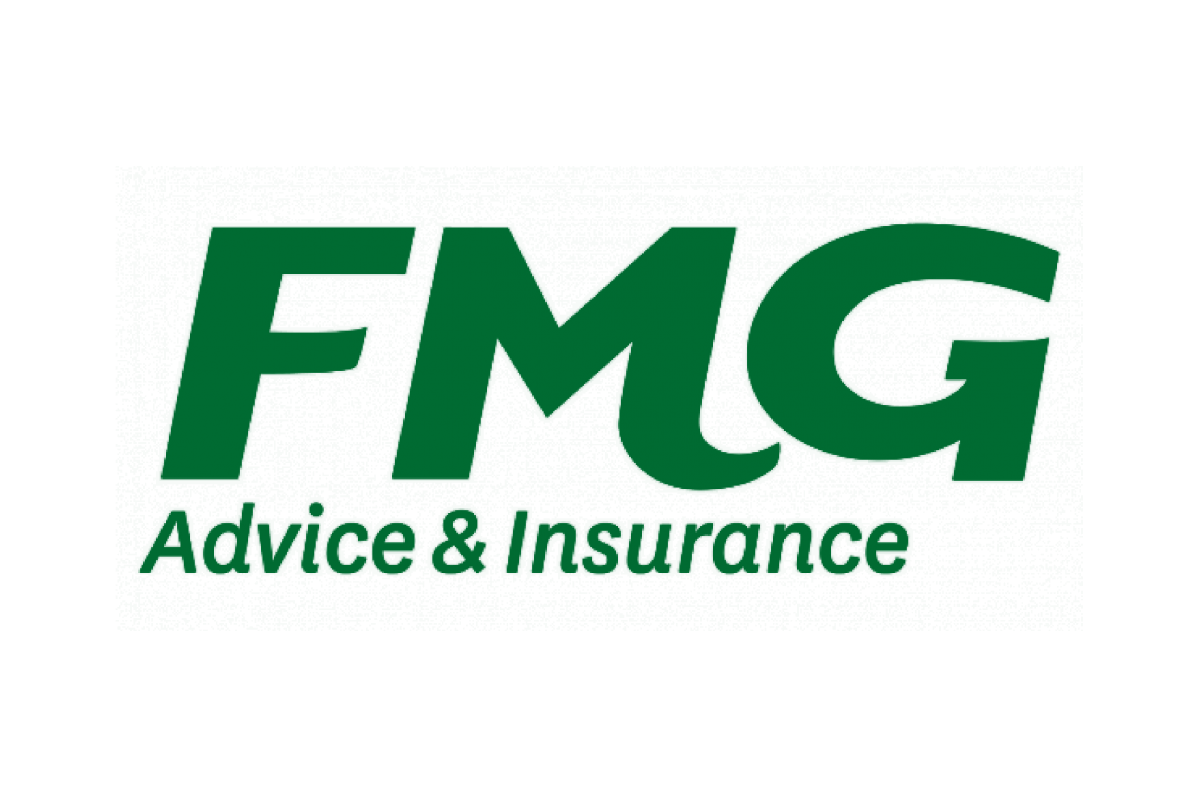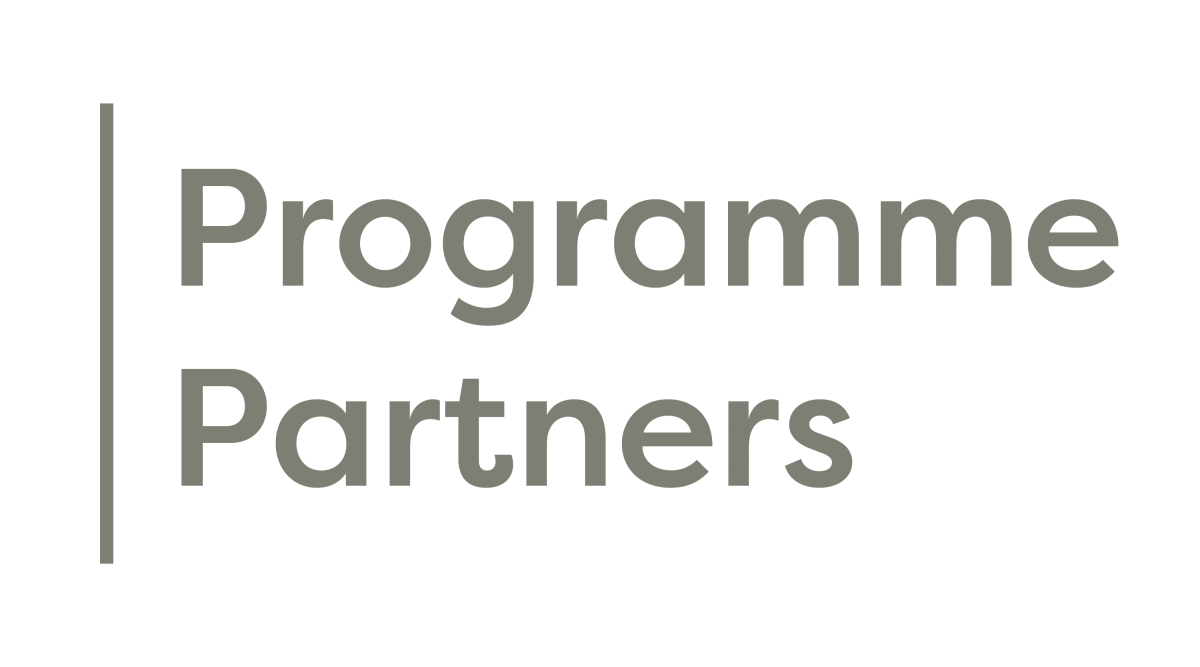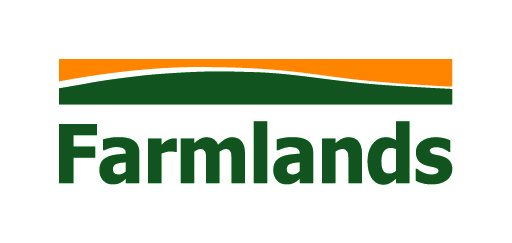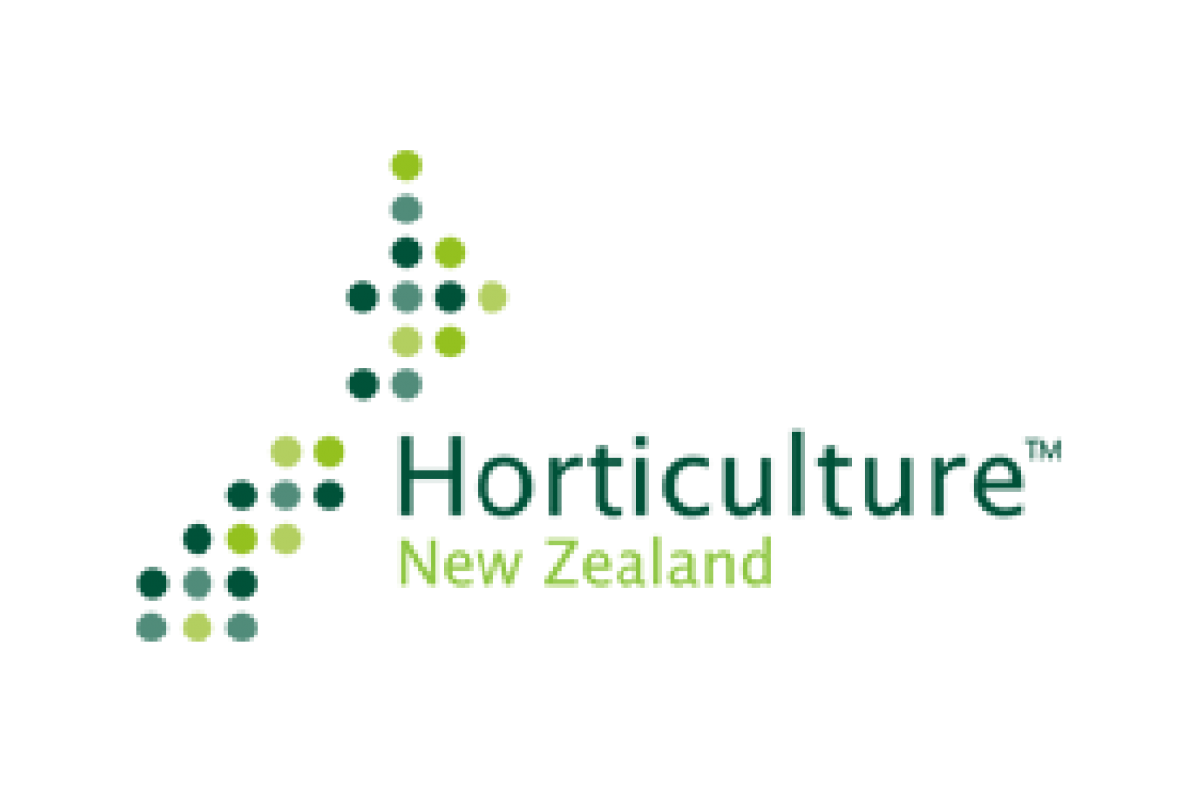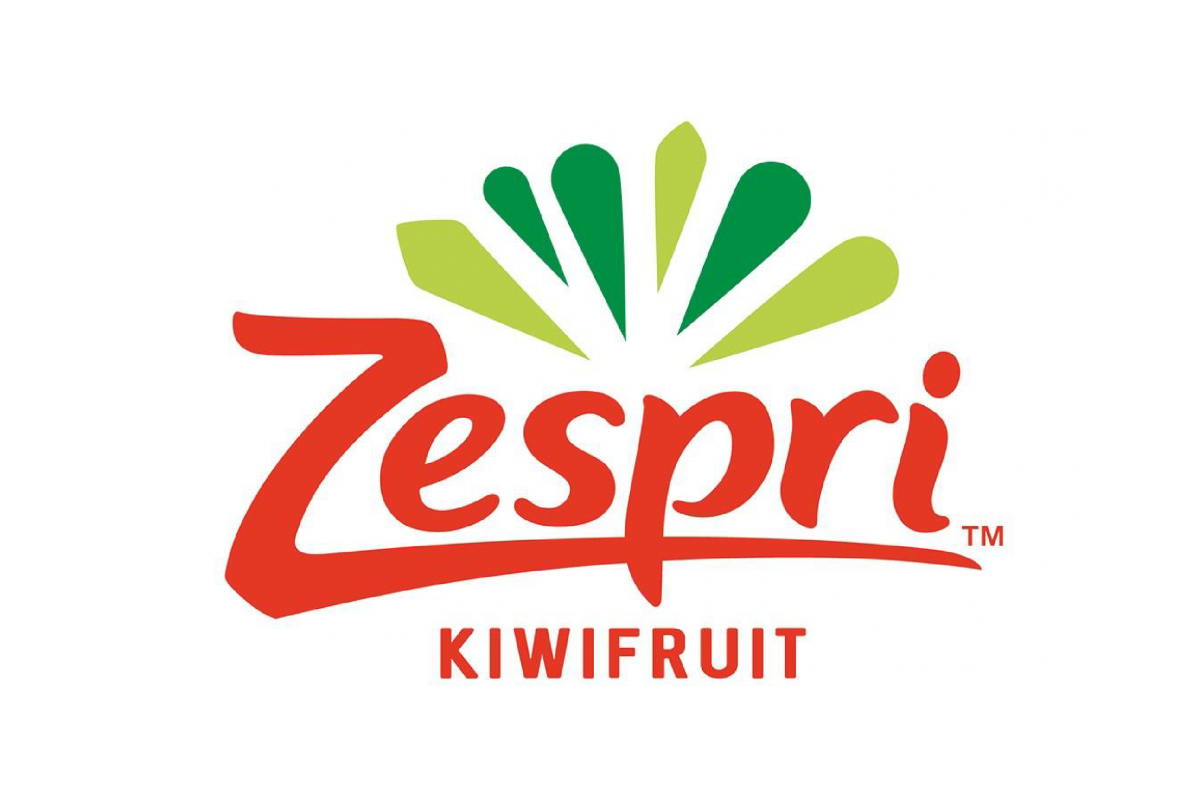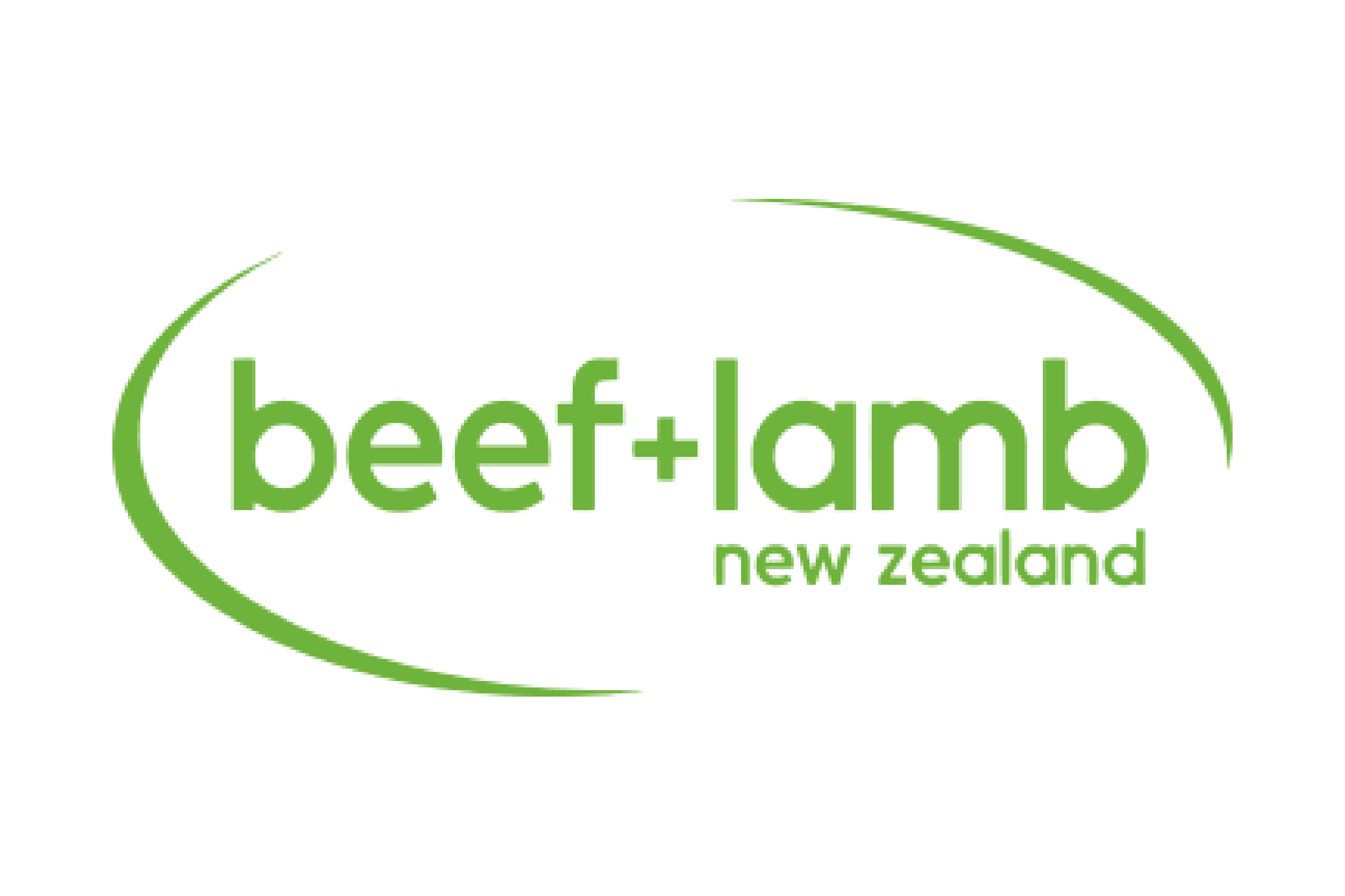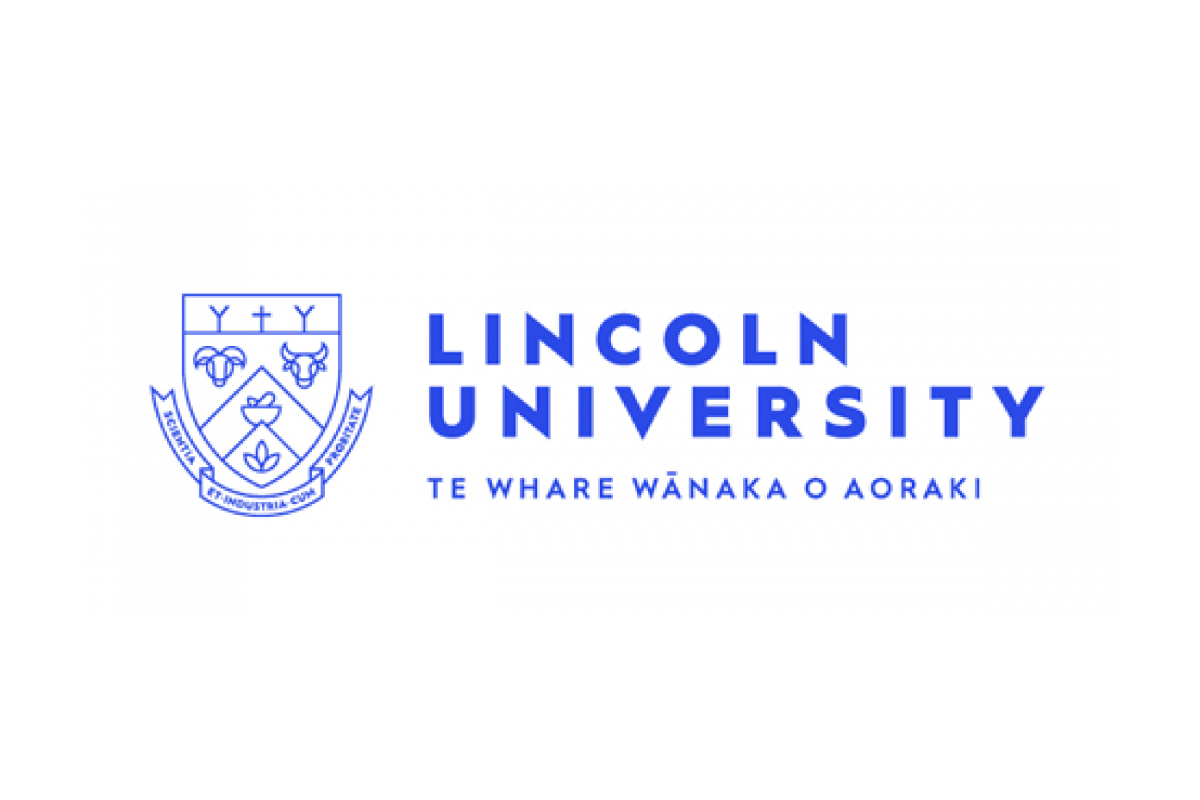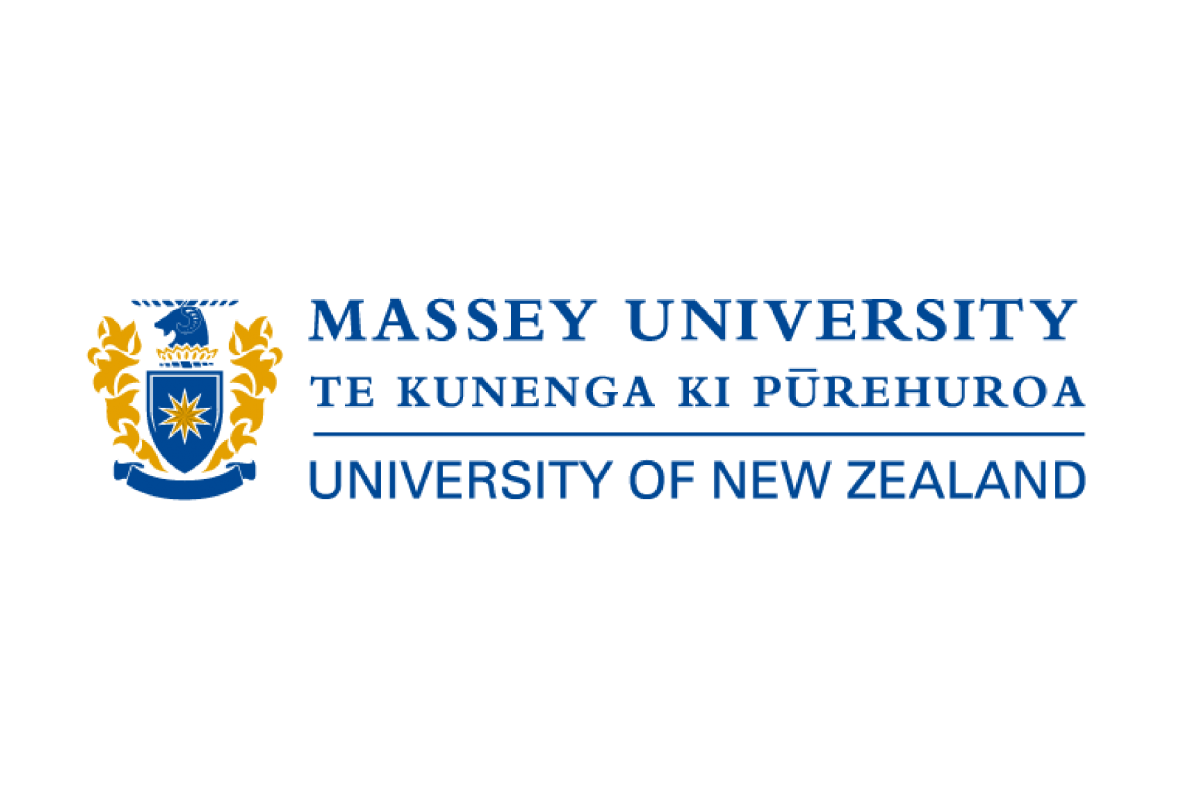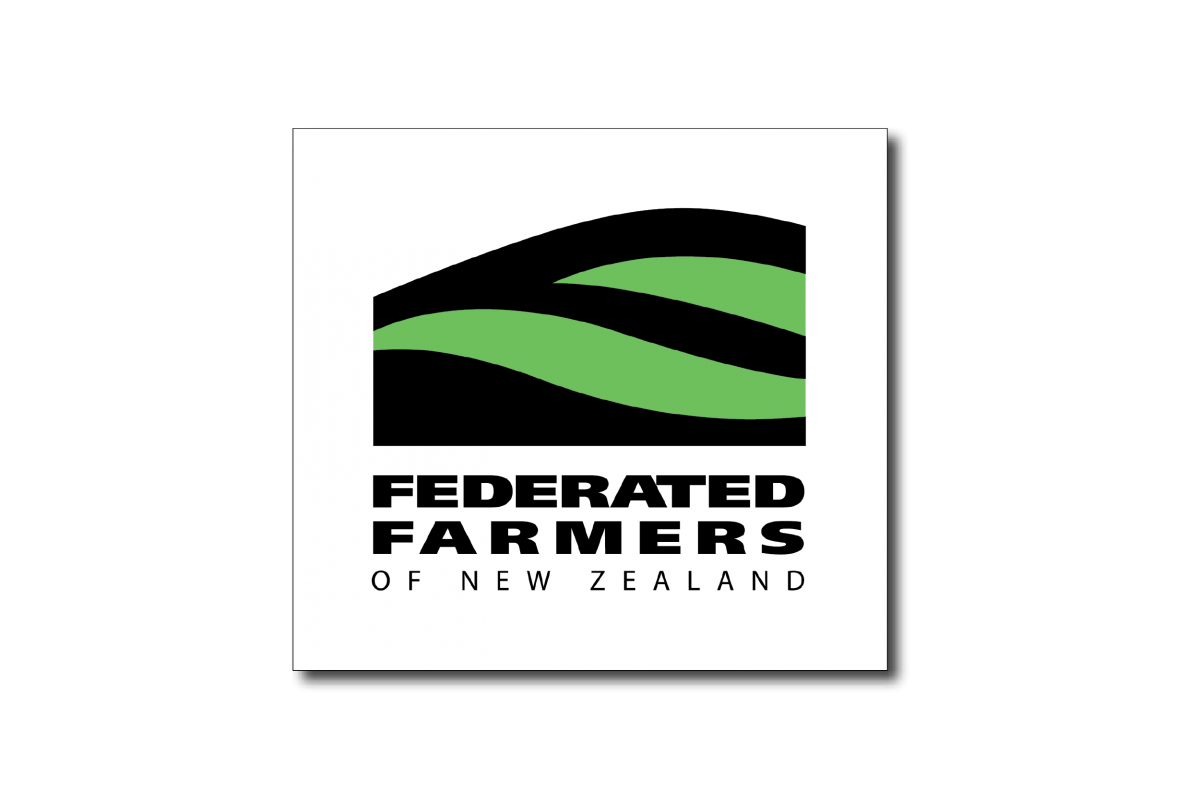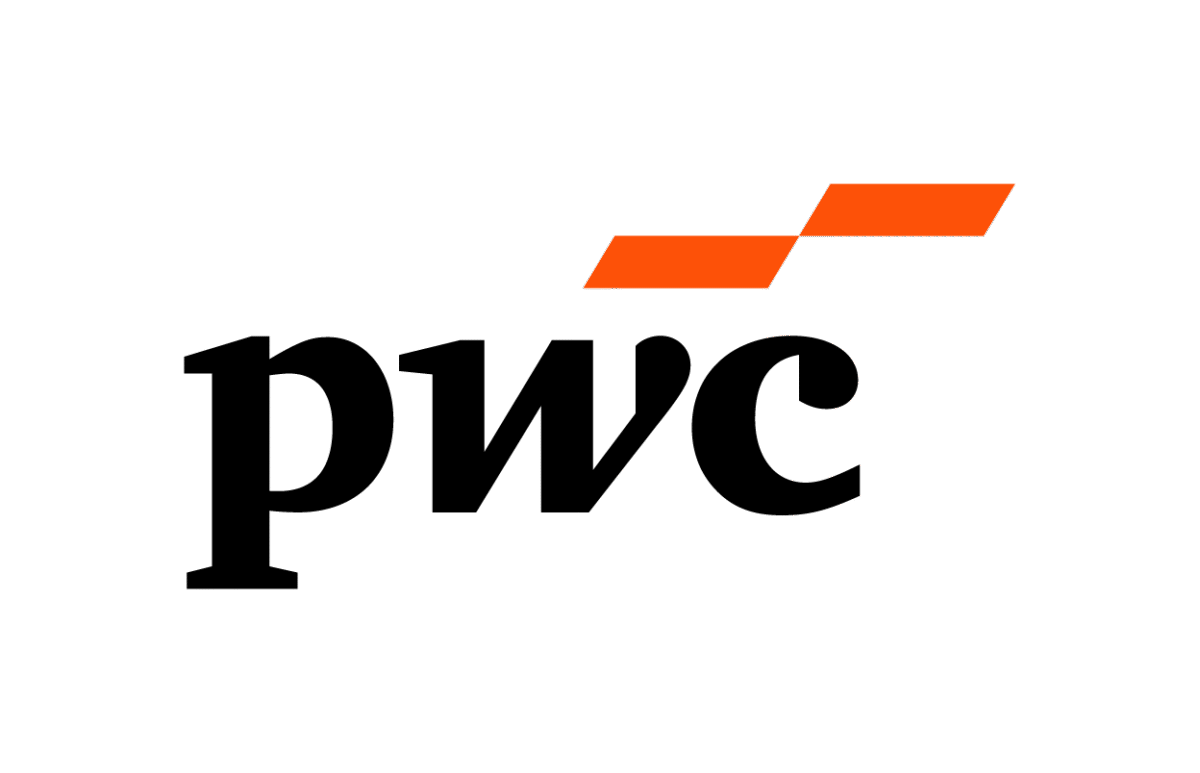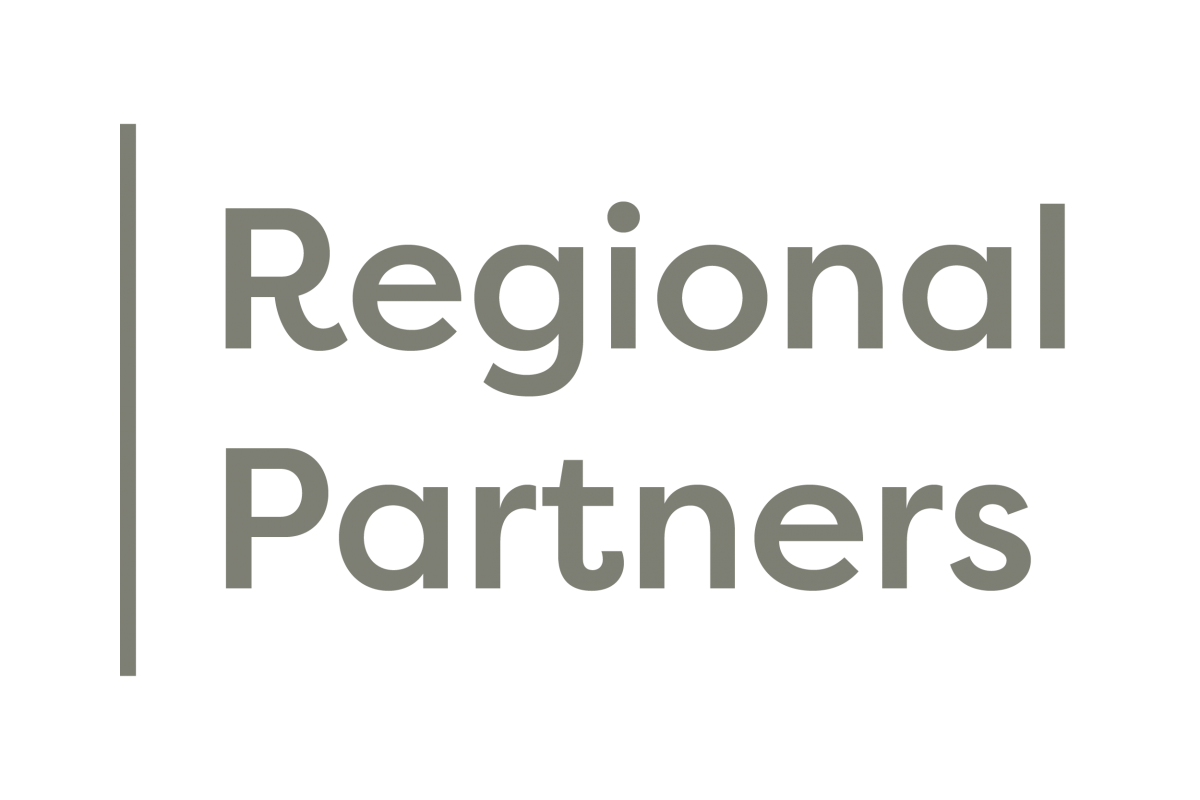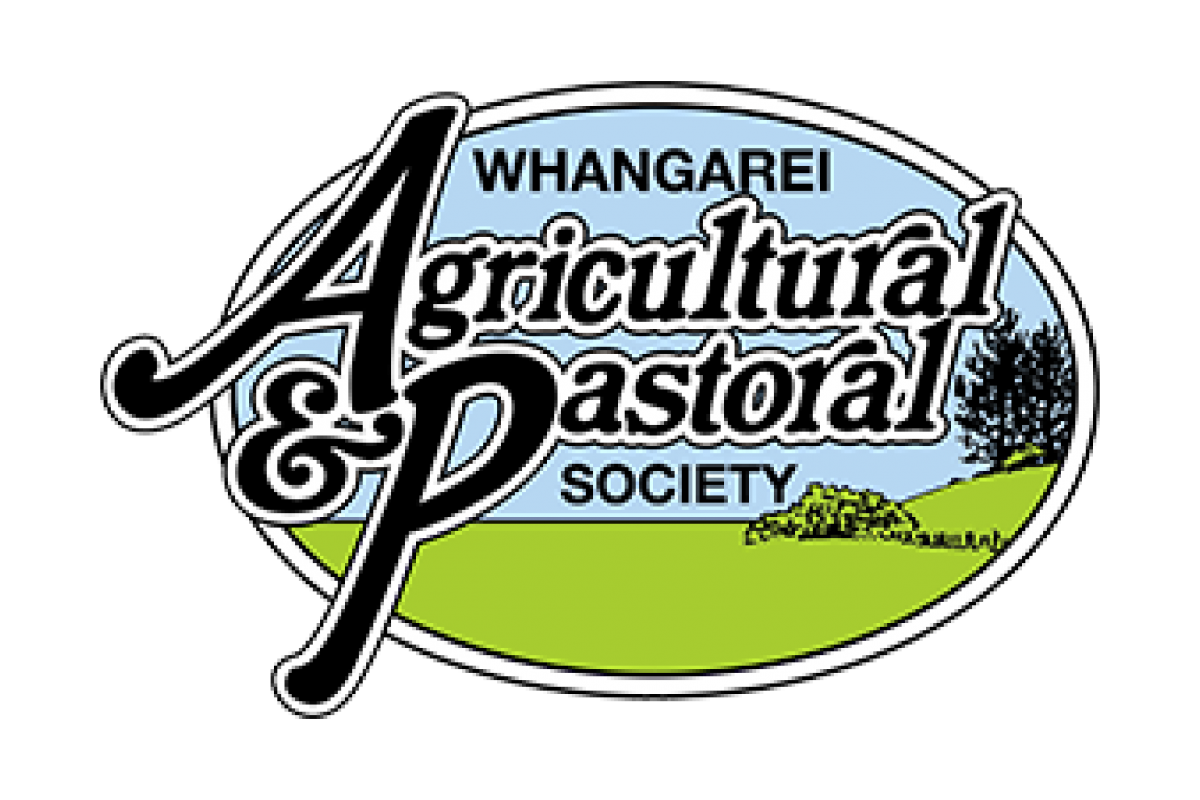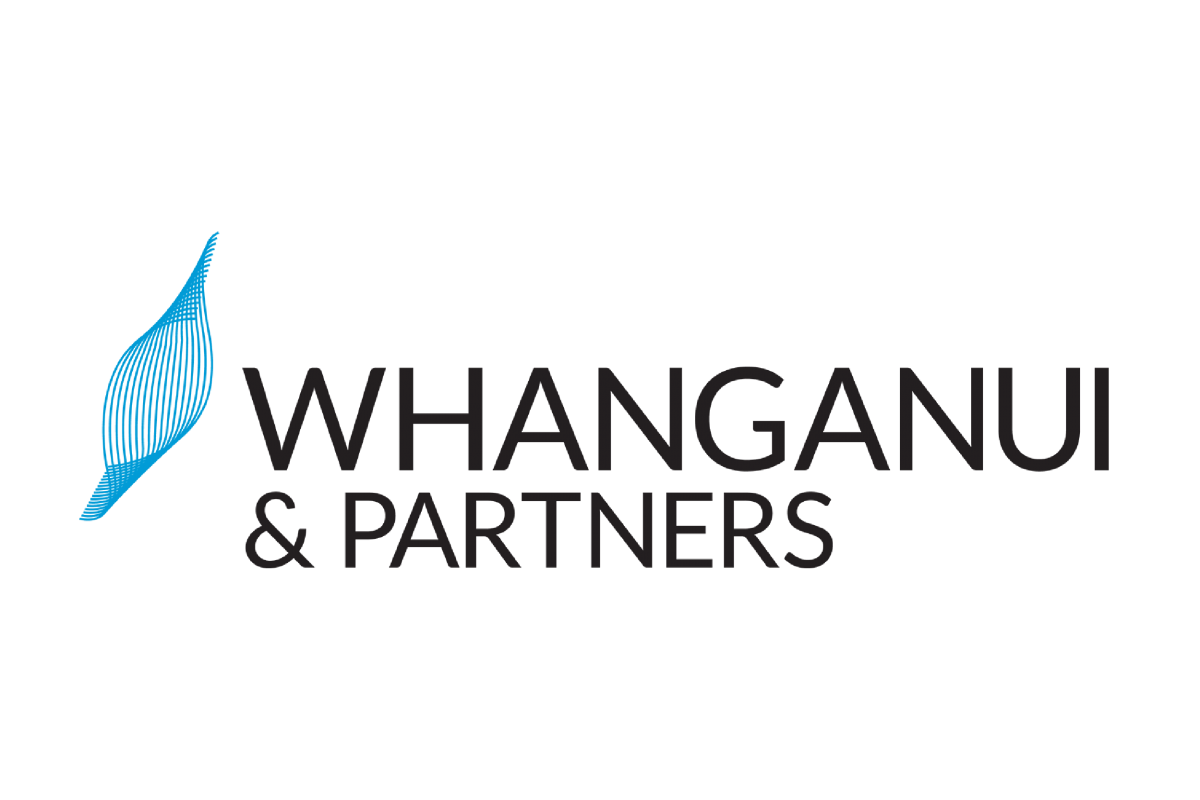David Kidd, 2017 Nuffield Scholar
As the world population continues to increase, there is a corresponding need to further develop innovation within the food production model in order to sustain this increase.
However, we need to be very aware of what our place in the model is, and the number of people that we can feed.
There is huge potential for increased production from the likes of South America, who with a tweak in the way in which they farm and the inevitable gains from the use of technology could increase their output significantly.
I expect to see a drive from food as sustenance toward food as a source of enjoyment in many countries, leading to a desire for higher quality produce that may or may not be grown locally. If our product is positioned correctly, there is an opportunity for increasing its demand and value.
New Zealand has built a strong reputation as a supplier of safe, quality product that will meet the specifications desired by the buyer. Over time, the processors of New Zealand meat have diversified the way in which the product is sold to ensure that maximum value is gained in the current state. One of the challenges here is ensuring that the provenance of the product provided is communicated to the consumer.
Is there an opportunity to differentiate ourselves now on the quality and provenance of the product to safeguard our position into the future.
As “local” food becomes a more topical issue, we need to decide whether to invest the significant sums required to design and promote consumer brands in the marketplace, or to invest in creating long-term supply relationships within the service industry. With the mix of product that we currently provide, this may allow for more New Zealand provenance in the finished article, whilst not changing the product that New Zealand currently supplies.
We also need to decide which countries we wish to focus upon. Discussions I had indicated that New Zealand has at times sought short term gains in price at the expense of longer term growth plans. This can lead to markets being unable to consistently rely on New Zealand product, thereby attributing a lower price to it than if we have built the supply relationship.
Many countries continue to focus on food security from their farming systems. As global trade attempts to break down some of these barriers, a shift in the types of farming systems to better accommodate the climatic conditions in each country will likely occur. This may provide additional opportunities as countries realise that they are not cost competitive when producing certain products. There is also the role of technology in food production, with examples such as vertical farming, plant based protein and synthetic protein all changing the face of food as we know it.
We need to adapt to changing production systems faster than ever, especially those that can produce consistent quality and experience every time.
The challenge for NZ is to decide how we fit into the world supply chain. For a long period we have focused on producing the products we know we can grow, and expecting others to find a market for us. High production and low cost have been the mantra that we have lived by.
Is there an opportunity to differentiate ourselves now on the quality and the provenance of the product to safeguard our position into the future?
Based on my travels, I think there is.
David Kidd, 2017 Scholar

